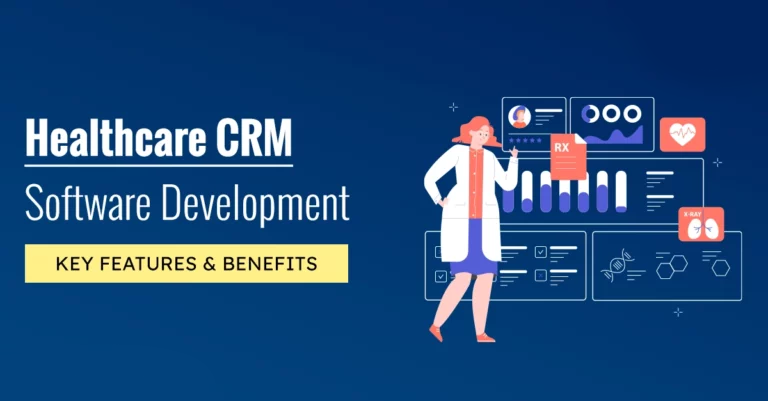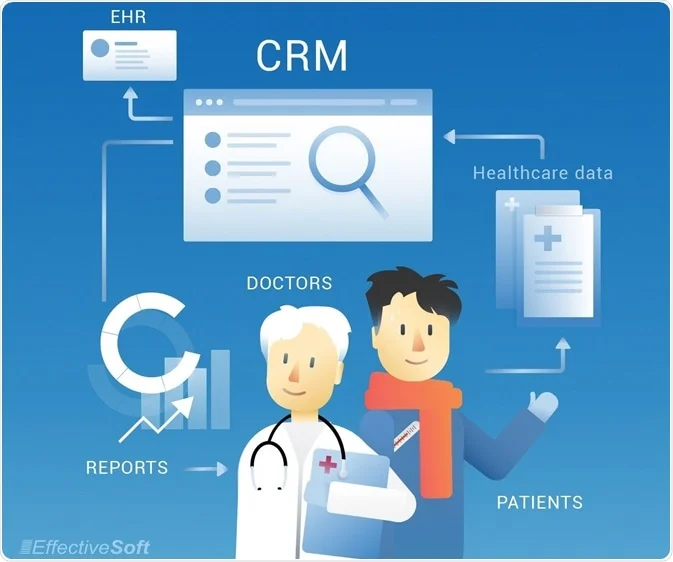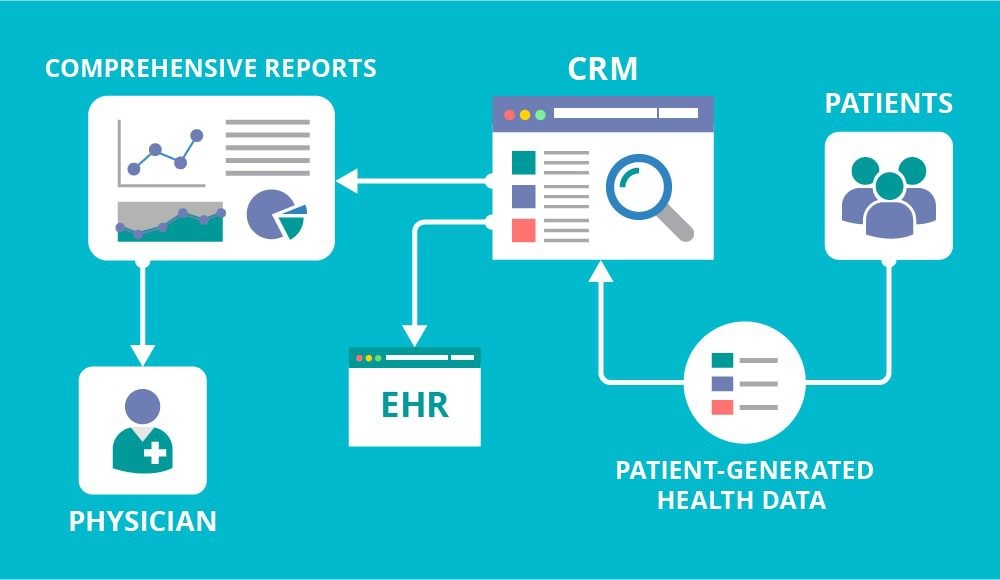Enhancing Patient Care: The Unified Software Advantage
Enhancing Patient Care: The Unified Software Advantage

Enhancing Patient Care: The Unified Software Advantage
Introduction
In the rapidly evolving landscape of healthcare, patient care quality and efficiency are paramount. Unified software systems are revolutionizing the way healthcare providers operate, ensuring seamless integration of various functions and facilitating enhanced patient care. This approach leverages advanced technology to streamline processes, improve communication, and provide comprehensive care solutions.
Streamlined Workflow and Efficiency
One of the primary advantages of unified software systems in healthcare is the significant improvement in workflow efficiency. By integrating scheduling, billing, electronic health records (EHR), and other administrative tasks into a single platform, healthcare providers can minimize redundancies and reduce the time spent on manual data entry. This streamlining of operations allows healthcare professionals to focus more on patient care rather than administrative duties.
Key Benefits:
Automated Scheduling: Efficient management of patient appointments, reducing no-shows and optimizing staff schedules.
Centralized Records: All patient information is accessible from a single interface, eliminating the need to search through multiple systems.
Billing and Claims Management: Integrated billing systems streamline the financial aspects of patient care, ensuring accuracy and reducing processing times.

Improved Patient Communication and Engagement
Unified software systems enhance communication between patients and healthcare providers, fostering better relationships and improving overall patient satisfaction. Features such as patient portals, automated reminders, and telehealth capabilities ensure that patients remain engaged and informed about their health.
Key Benefits:
Patient Portals: Provide patients with access to their health records, appointment schedules, and personalized health education materials.
Automated Reminders: Ensure patients receive timely notifications about appointments, medication refills, and follow-up visits.
Telehealth Services: Expand access to care, allowing patients to consult with healthcare providers remotely, which is particularly beneficial for those in rural or underserved areas.
Enhanced Data Accuracy and Security
Unified software systems enhance the accuracy and security of patient data by centralizing information and implementing robust security protocols. This integration reduces the risk of errors that can occur with manual data entry and ensures compliance with healthcare regulations such as HIPAA.

Key Benefits:
Centralized Data Management: Reduces discrepancies and ensures consistency across patient records.
Advanced Security Measures: Protect sensitive patient information through encryption, secure access controls, and regular audits.
Regulatory Compliance: Helps healthcare providers adhere to legal and regulatory requirements, avoiding potential penalties and enhancing patient trust.
Key Benefits:
Integrated Care Plans: Enable coordinated care among different healthcare providers, ensuring all aspects of a patient’s health are addressed.
Predictive Analytics: Utilize data to predict patient outcomes, identify potential health risks, and implement preventive measures.
Personalized Treatment: Tailor treatments based on a thorough understanding of a patient’s medical history and current health status.
Conclusion
The adoption of unified software systems in healthcare represents a significant advancement in patient care. By streamlining workflows, improving communication, enhancing data accuracy, and supporting comprehensive care, these systems provide a robust foundation for delivering high-quality, efficient, and patient-centered healthcare. As technology continues to evolve, the integration of unified software systems will be essential in meeting the growing demands of the healthcare industry and ensuring optimal patient outcomes.



